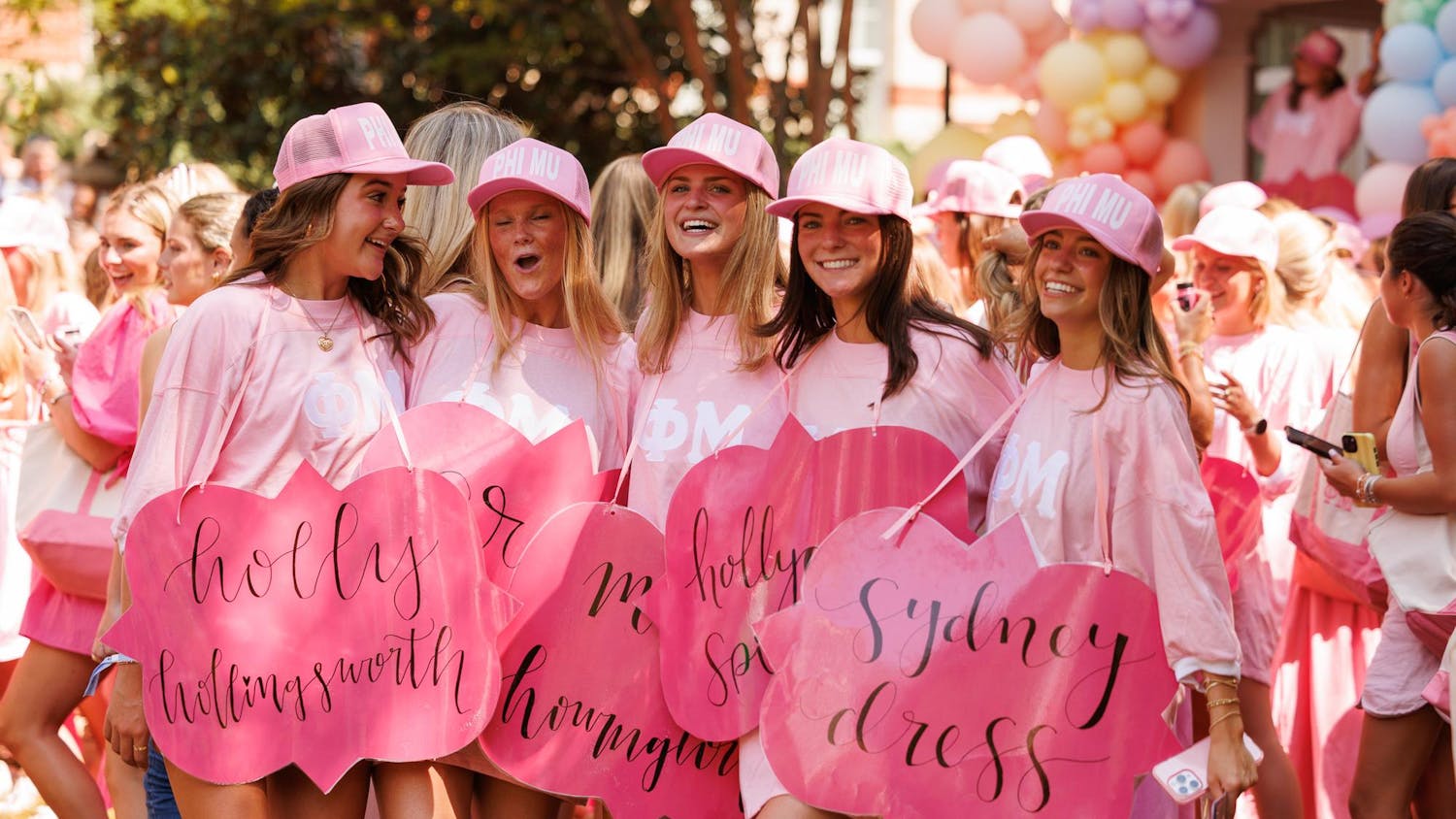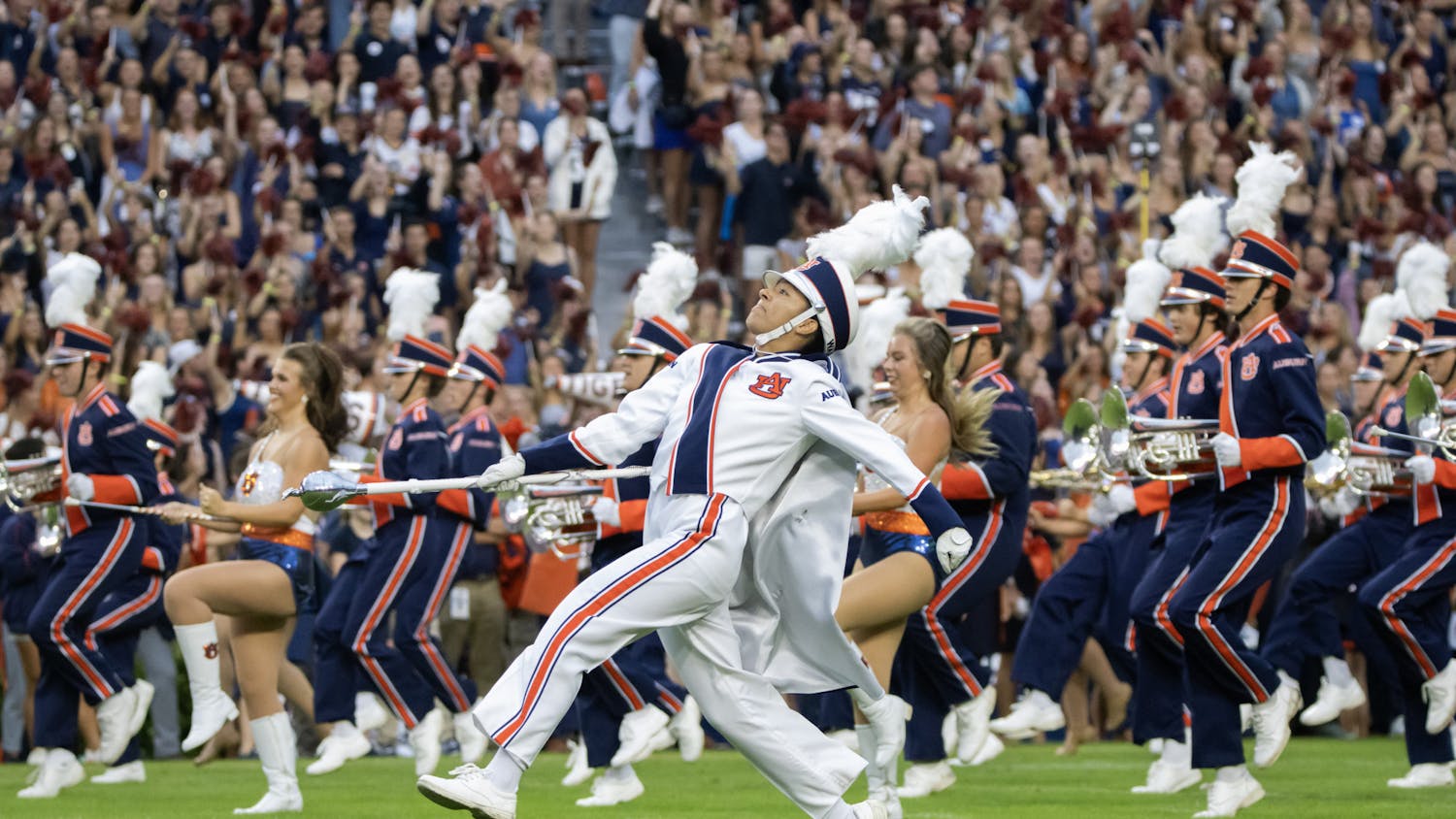Skeletons were unearthed on a beach in Mississippi 160 years after the Mexican-American War, which ended in 1848.
Students and faculty gathered Saturday afternoon for a lecture on the Mexican-American War cemetery discovered on Greenwood Island in Pascagoula, Miss.
The lecture was given by Marie Danforth, professor of anthropology at the University of Southern Mississippi, who led the investigation and excavation of the site.
"It's kind of a forgotten period in American history, and there was a lot happening," Danforth said.
In her lecture, Danforth discussed the end of the war and the subsequent establishment of Camp Jefferson Davis, a military installation in Pascagoula where a large percentage of the soldiers were stationed for regrouping purposes.
"The number of soldiers that were returning sick was incredibly high," Danforth said, "so they needed a facility to take care of them."
Conditions in the camp were deplorable, Danforth said, and more soldiers died from diseases and illness contracted there than died from injuries suffered in battle. Six of these soldiers were discovered at two separate times by anthropologists on Greenwood Island.
The first time was in 1979, when locals discovered two coffins unearthed on the beach, Danforth said.
In 2008, almost 30 years later, the University was contacted and informed that fishermen had discovered a coffin being washed out on the shoreline at Greenwood Island.
Danforth led a team of students on multiple trips to excavate the narrow beach.
In all, her team of students, along with 20 to 30 Pascagoula community members, unearthed four new coffins on the beach.
"That was, in some ways, some of the most rewarding part of it," Danforth said. "Just seeing how the community and the University were able to combine forces and really do something special with it."
After a thorough screening of the remaining area, they determined that there were likely no other coffins.
Danielle Cook, a sociology instructor at Auburn, was a graduate student at Southern Miss at the time of the discovery and participated in the excavations.
"I think we ended up going out there 12 or 13 times, and I was there for 11," Cook said.
When one of the coffins was discovered and believed to be empty, Cook revealed what was thought to be the bottom of the coffin was actually the top, sunken into the structure.
When Cook investigated, skeletal remains were found.
"Seriously, it was like a 'holy shit' moment," Cook said. "It's better than finding the prize at the bottom of a Cracker Jack box."
Danforth said the remains are significant not only as pieces of history, but as the first discovery of their kind.
"As far as we can tell, these were the first remains that we're aware of that have had any sort of an archaeological or anthropological study that was done on remains from the Mexican War," Danforth said.
Kenyetta Bryant, senior in anthropology, has been on excavation sites before, but made no bones about her interest in Danforth's findings.
"It was very interesting to see the damages that were caused to the bones and the conditions that they were found in," Bryant said.
For Cook, the discovery represents a clearer picture of history.
"Any archaeological discovery, it really gives us insight into what people were doing," Cook said. "It's like, you have been imparted with knowledge that nobody else has."
Do you like this story? The Plainsman doesn't accept money from tuition or student fees, and we don't charge a subscription fee. But you can donate to support The Plainsman.




